From Spicy to Sweet: How Chocolate Conquered Mexican Cuisine (and Your Taste Buds)
Move over, molé — there's more to Mexican chocolate than meets the tongue. In this article, we'll explore how cacao evolved from sacred currency to spicy-sweet superstar in traditional Mexican dishes. Along the way, you'll discover surprising uses of chocolate, practical cooking tips, and a few historical tidbits that will make your next taco night more interesting than your last office meeting.
Table of Contents
- A Brief History of Chocolate in Mexico
- Mole: The Original Chocolate Fusion Dish
- 5 Unexpected Mexican Dishes That Use Chocolate
- Pro Tips for Cooking with Mexican Chocolate
- The Cultural Spice Behind the Sweetness
- Modern Twists on Traditional Chocolate Dishes
- Conclusion: Why Chocolate Belongs in Every Spicy Pantry
A Brief History of Chocolate in Mexico
Before it became a breakfast beverage and dessert staple, chocolate was considered liquid gold by the ancient Maya and Aztecs. Cacao beans were used as currency, religious offerings, and even mood-enhancing tonics. Talk about bean-counting!
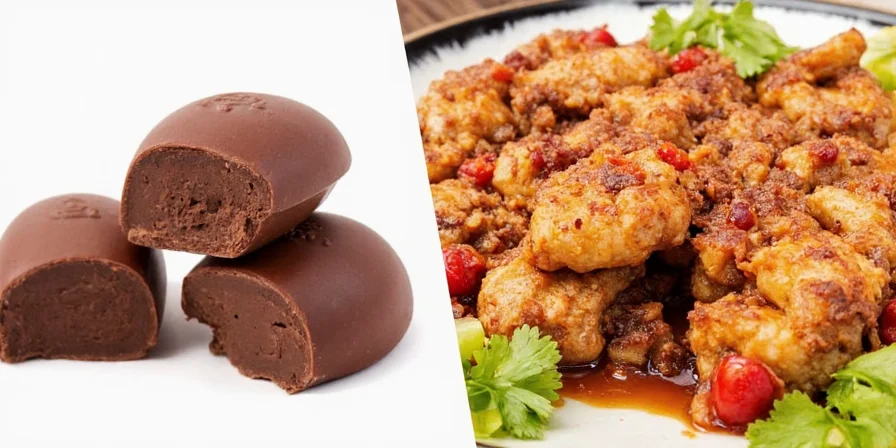
The original chocolate drink? Not what you’d find at Starbucks. It was bitter, spiced with chili, and often frothed up like it had just come out of a blender fight. Yep, chocolate started its culinary journey not as sweet but as spicy.
Mole: The Original Chocolate Fusion Dish
Mole isn't just a sauce — it's an entire flavor orchestra conducted by spices and fine-tuned by chocolate. Mole poblano, mole negro, and mole colorado all use different types and amounts of chocolate to balance heat, acidity, and richness.
| Mole Type | Chocolate Used | Heat Level | Common Pairings |
|---|---|---|---|
| Mole Poblano | Bitter dark chocolate | Mild to moderate | Turkey, chicken, enchiladas |
| Mole Negro | Smoked chocolate | Medium to high | Oaxacan meats, tamales |
| Mole Colorado | Semi-sweet or bittersweet | Low | Pork, rice dishes |
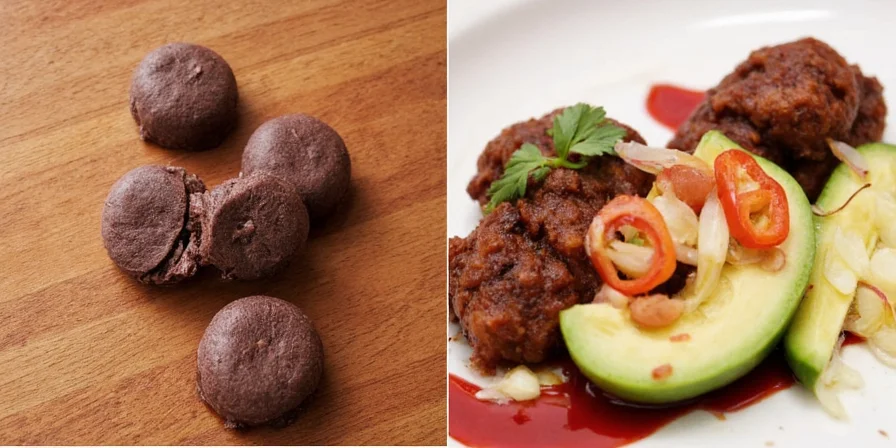
5 Unexpected Mexican Dishes That Use Chocolate
- Atole de Chocolate: A warm corn-based drink made with ground cacao and cinnamon. Perfect for rainy nights and soul-soothing mornings.
- Champurrado: Thicker than your morning oatmeal and richer than your cousin’s wedding cake. This chocolate atole is pure comfort in a clay cup.
- Chocolate Pozole: Yes, pozole! Some regional variations add chocolate to the broth to deepen the flavor and balance the spice.
- Chocolate Tamales: Sweet meets starchy with a hint of spice. These are not your typical holiday tamale filling.
- Chocolate Salsas: For those who thought salsa couldn’t get any better — now imagine jalapeño + cacao + lime. Welcome to flavor heaven.
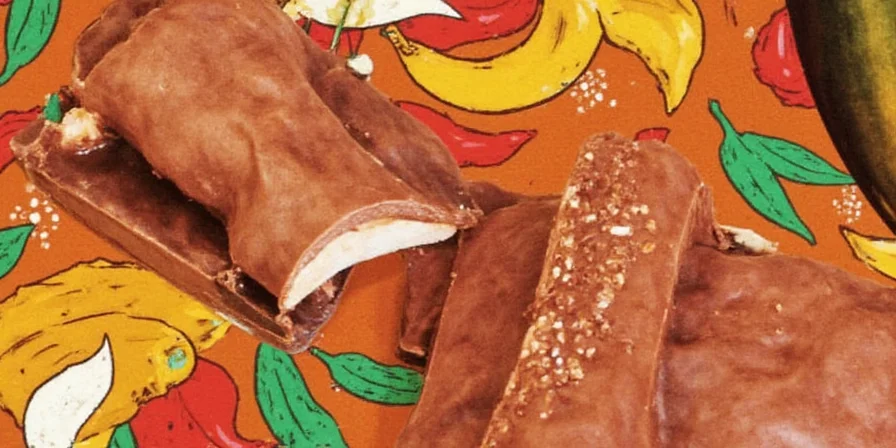
Pro Tips for Cooking with Mexican Chocolate
If you’re diving into the world of chocolate-infused Mexican cuisine, here are some expert-approved hacks to keep your dishes rich, balanced, and utterly delicious:
- Grind It Fresh: Mexican chocolate is traditionally stone-ground with sugar and spices. Try using fresh discs of chocolate para mesa instead of powdered cocoa for depth of flavor.
- Balance Heat with Fat: Chocolate acts as a natural emulsifier and heat reducer. If your mole or salsa is too spicy, a touch of chocolate can save the day.
- Toast Before Melting: Lightly toast cacao nibs or chocolate discs before melting to enhance smokiness and complexity.
- Don’t Skip the Cinnamon: Classic Mexican chocolate always includes a dash of cinnamon. It adds warmth and bridges the gap between savory and sweet.
- Dilute Smartly: If your mole is too thick, thin it with broth or water — never oil or cream unless you want to lose authenticity points.
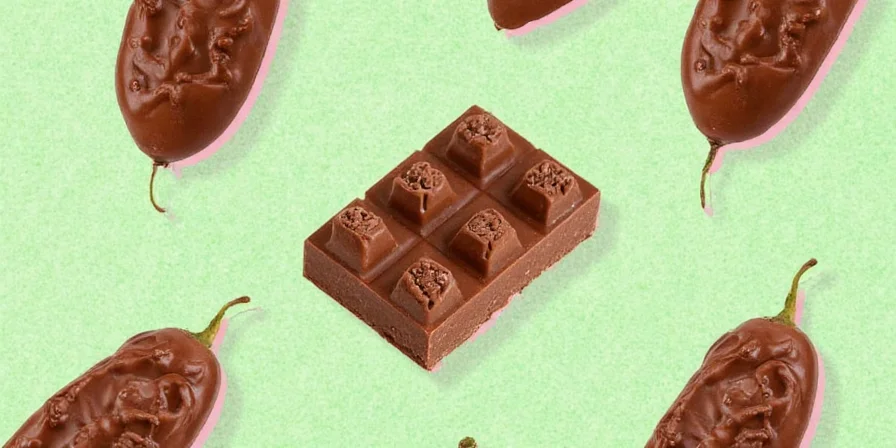
The Cultural Spice Behind the Sweetness
Mexican cuisine is a dance of contrasts — earthy, fiery, sweet, and herbal. Chocolate plays the role of both rhythm and melody, harmonizing disparate ingredients into something greater than the sum of its parts.
In many indigenous traditions, chocolate was believed to carry spiritual properties. Today, while we may not offer cacao beans to gods, we do offer them to guests, family, and ourselves in the form of comfort food and celebratory treats.
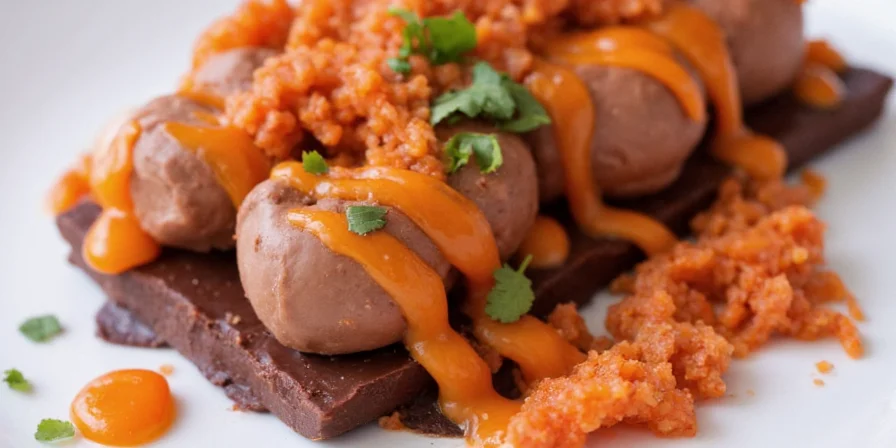
Modern Twists on Traditional Chocolate Dishes
Chefs around the world are reimagining classic Mexican chocolate recipes with contemporary flair. Here are some creative spins worth trying:
- Mole Carbonara: Swap the cream with mole for a spicy-chocolate pasta twist.
- Chocolate Guacamole: Add finely grated dark chocolate to guac for a deep, mysterious undertone.
- Spicy Chocolate Margarita: Rimmed with chili and cacao powder, this cocktail is mojito’s wild cousin.
- Chocolate Sopes: Savory masa bases topped with spiced meat and a drizzle of chocolate reduction.
- Mole Butter: Blend mole paste with softened butter and spread on grilled steak or cornbread for instant gourmet status.
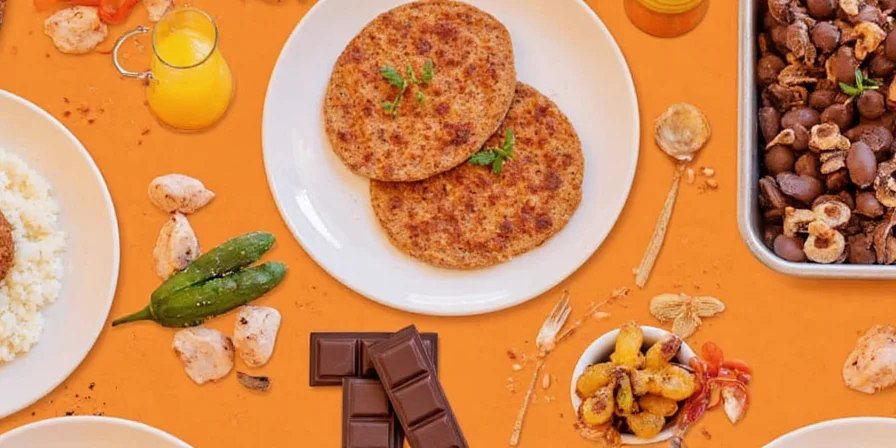
Conclusion: Why Chocolate Belongs in Every Spicy Pantry
Mexican chocolate is more than a dessert ingredient — it's a versatile spice that brings warmth, depth, and contrast to both sweet and savory dishes. Whether you're simmering a pot of mole or whipping up a batch of champurrado, remember: real Mexican chocolate doesn’t shy away from spice; it dances with it.
So the next time you reach for your favorite chili or spice blend, consider adding a bar of good-quality Mexican chocolate to the mix. Your taste buds (and maybe your ancestors) will thank you.
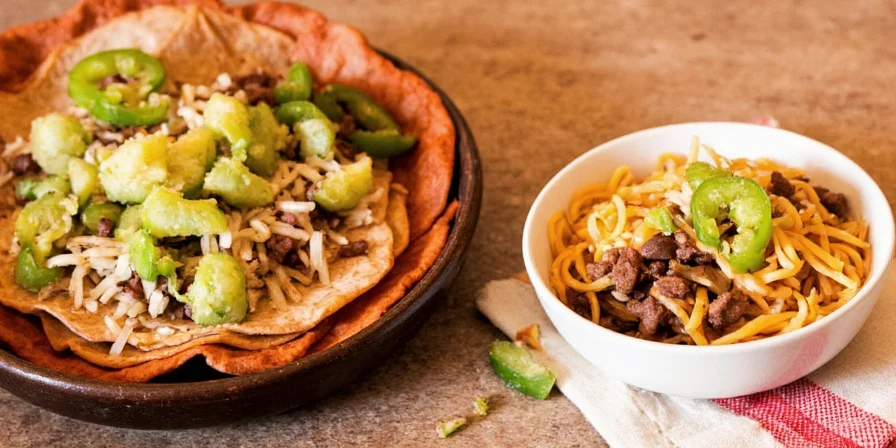

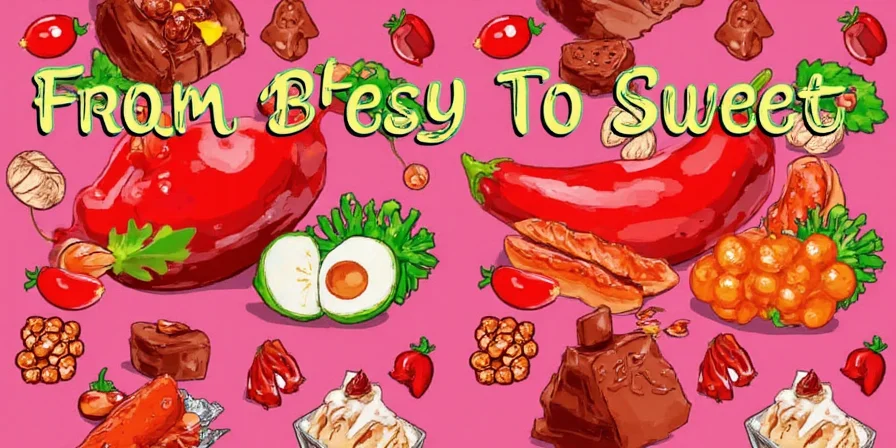









 浙公网安备
33010002000092号
浙公网安备
33010002000092号 浙B2-20120091-4
浙B2-20120091-4